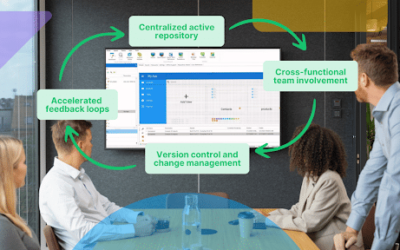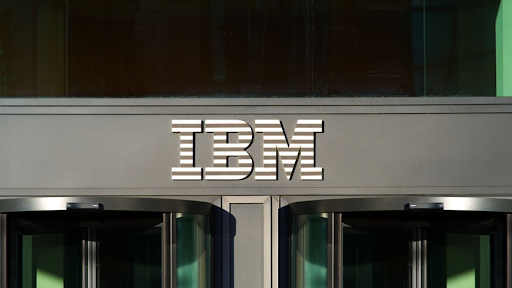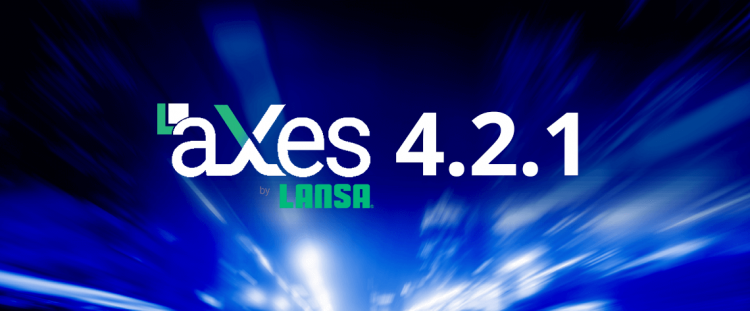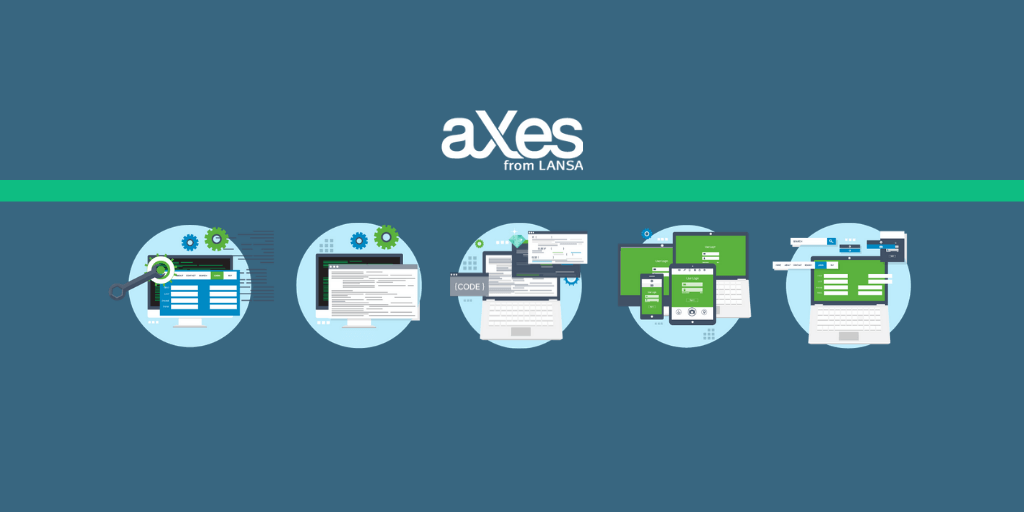All organizations today, regardless of their size or industry, face a mounting need to implement automation solutions. Only a few years ago we considered digital transformation and Industry 4.0 technologies like AI and Big Data futuristic solutions that could provide a company with a competitive edge. In 2021, however, these solutions are a necessity for any organization that wants to keep up with the times.
What are the hardships of automation?
The majority of organizations and business leaders today are well-aware of the capabilities of the latest automation solutions and their business benefits. But the process of implementing these innovations can be a long and exhausting journey that sometimes ends in total failure.
Organizations typically face a number of challenges when trying to modernize IT infrastructure and implement new tools. One of the top automation issues is how to create new applications and modernize old ones while integrating them and establishing connections to share data with external parties. The majority of companies relying on IBM i to power their IT infrastructure would certainly agree with this. For these companies, low-code platforms are a powerful game-changer.
Integration is often the hardest part, especially implementing a new or modernized app without disrupting operations. In addition to this, you need to integrate your new apps with third-party apps. Then there is integrating with your cloud platforms. These processes typically require a team of developers with diverse skill sets and experience with various technologies from different vendors.
Let’s look at how the IBM community has helped grow and nurture independent communities in this article about IBM Champions 2022.
Is data one of the hardest parts of automation?
Business Process Integration (BPI) is the efforts of an organization to synchronize various parts of its IT system. It involves automating data and document exchanges between different internal departments, apps, and external partners.
Organizing data is probably the most challenging part of BPI for the majority of organizations. When it comes to automating your data exchange in line with modern-day BPI requirements, there are several common considerations:
Are different data formats spread across your platforms?
Most organizations with legacy IT infrastructure have data is spread across multiple platforms. This makes it difficult to bring together in a functional and actionable way.
Do your data chains contain too many manual steps?
Business processes are frequently a mixture of computer interfaces and human input. Moreover, data chains are the steps that link them together to complete a business process. A data chain containing too many manual steps leads to an increase in delays and errors. This makes your business processes inefficient.
Is your data poor quality?
The need to deal with flawed and low-quality data is another BPI challenge. Teams working on BPI projects must deal with incorrectly formatted data, duplicate records, and other flaws that make it difficult to use.
Are your data chains getting longer and more complex?
Finally, data chains tend to grow. They get longer and more complex as you extend your business processes. It is a natural process because as your business and technological environments become more complex, your data chains do too. The growing complexity of your operations requires new links and connections.
Learn more about how your business can implement progressive modernization strategies the IBM way.
How can you creatively address your BPI challenges?
Because of these data-related issues, BPI implementation projects can easily spin out of control. The good news is that you can ensure a successful digital transformation by choosing the right BPI tools. There are a variety of automation solutions and services out there that can solve your data integration problems.
For example, LANSA, a powerful low-code development platform, provides custom tools to make your automation and legacy modernization easier and more accessible.
LANSA understands the challenges of business process integration first-hand. We provide solutions that help companies establish effective data exchanges and integrate all layers of their IT infrastructure. In addition, our solutions are platform-independent — it doesn’t matter if you use IBM i or any other system. LANSA’s tools make integration and automation of business processes cost-efficient and accessible to people with limited technical skills. They are also future-proof, allowing companies to build systems that will be reliable and easy to maintain for years to come.
You may think every provider of automation tools praises their own products as the ultimate remedy to all business automation woes. What separates LANSA from the others, however, are the many real success stories of companies that used LANSA for their digital transformation. Read on for an example of how an organization successfully used tools like LANSA Composer to overcome their BPI challenges and save both time and money.
Get highly relevant insights on the IBM 7 most common misconceptions about integration and modernization.
LANSA Composer
LANSA Composer is a specialized business process integration suite. It handles the integration and process improvement challenges businesses face. It streamlines how your business exchanges, processes, and monitors data between your internal systems, external trading partners, and the cloud.
Composer is also a simple and cost-effective way to get business transactions in and out of your business systems with less human effort. It reduces your development time with a set of ready-made business process integration tools. Rather than writing new code, with Composer, you simply assemble your business processes to quickly manage the process.
Composer lets you drill down into any step of a business process. It gives your company full visibility into every transaction, letting you examine the success or failure of each process. With LANSA Composer you can restart a failed processing sequence from the point of failure. You can transform databases across your IT ecosystem. Composer’s processing sequences can invoke any executable on the same server or spread across multiple Windows/IBM i servers.
LANSA composer also supports both Windows and IBM i-based IT systems. It has several custom features that simplify IBM i deployments by allowing activities to interact with legacy 5250 green screen applications, retrieving and sending data with ease.
How did Green’s BPI succeed beyond their expectations with LANSA?
Green’s General Foods (Green’s) is an Australian food product company. It is one example of a large organization that succeeded in business processes optimization using LANSA Composer and related tools.
Prior to modernizing with LANSA tools, Green’s was a classic case of a company using a reliable but outdated IT infrastructure — a BPCS 8.0 ERP system supplemented by over 30 other systems. This involved custom-developed RRPG programs with many business rules embedded that were only visible to a programmer. Overall, the company had more than 150 RRPG programs that were increasingly problematic to use and maintain.
Green’s reviewed several BMP (business process management) platforms and middleware tools. including TIBCO and MS BizTalk. Eventually, they concluded that big and complex BPM solutions just weren’t suitable for their needs. With a team of only four people, Green’s couldn’t afford to start implementing large-scale platforms, either in terms of licensing costs or what it would mean to learn, implement and support the changes.
Simplifying BPI with LANSA Tools
Using LANSA tools, however, they successfully replaced all 150 legacy RPG programs with new automated processes.
Green’s also benefited from several LANSA tools for easy IBM i modernization. With aXes, an API that allows applications to automatically operate 5250 screen-based programs, Green’s automated their billing process and overcame the limitations of their outdated ERP system.
“The LANSA Composer and aXes combination turned out to be a very good solution for us. Composer orchestrated and contained our business rules, while aXes-Robot helped us with the ‘last mile’ integrations we needed to stop developing custom RRPG programs. By putting the rules and validations in Composer and filling the data-entry gaps with aXes-Robot, we removed the need for many custom programs,” said Anish Mathur, a Senior Business Analyst at Green’s
Thanks to the power of LANSA tools, the project took less time than expected and saved the company a substantial amount of money.
“We gave ourselves six months for this project, but after two days with a LANSA Consultant automating the first few processes, I quickly designed and created the rest of the processes. We did most of the work in two to three months and we had the luxury of parallel testing for the remaining three to four months,” explains Mathur. “If we had to re-write the RPG interfaces from scratch, I estimate we would be looking at something like $60,000 to $100,000 and at least seven man-months. Although the new programs would be better quality than the old RPG programs, fundamentally we would have ended up in a similarly heavily customized and difficult to upgrade ERP environment.”
Read the full version of Green’s business case study if you want to learn about it in more detail.
Ready to start a BPI project?
Business process integration is essential for any organization in 2021. Automating the exchange of data between systems and trading partners helps to lower processing costs, improve data accuracy, and provide access to many other valuable business benefits.
Want to know more about the secrets of smart BPI? Download this free white paper by LANSA.
Ready to begin? Get in touch with us to start utilizing LANSA Composer and Visual LANSA low-code platform for your automation needs.





















